Diabetic Retinopathy Diabetes Eye Disease
Dr. Taylan Öztürk
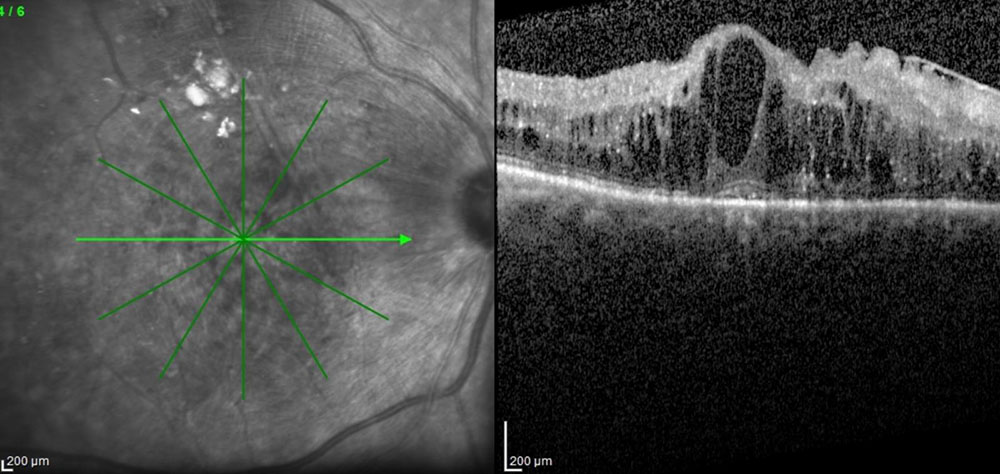
What is Diabetic Retinopathy?
Diabetic retinopathy is damage to the retinal layer or macula (yellow spot) of the eye due to high blood sugar levels in diabetes. In affected eyes, vision loss and blindness may occur due to hemorrhages in the retinal layer, as well as vision loss and blindness due to edema and hemorrhages in the macula, the focal part of the eye. While this disease can seriously affect vision and significantly reduce the quality of daily life, blindness is the inevitable outcome in untreated cases.
In this article, we will discuss what diabetic retinopathy is, its symptoms, causes, treatment methods, surgery prices and duration. Read this information carefully to protect your eye health.
Causes of Diabetic Retinopathy
The main cause of the disease is damage to the retina due to high blood sugar levels or sudden rises and falls in blood sugar levels. Diabetes first affects the small blood vessels in the body and causes blockages. For this reason, the retinal vessels, along with the kidney vessels, are the first areas to be affected. As a result of damage to the retinal vessels, hemorrhages and fluid leaks occur. In place of the damaged and less efficient vessels, the retina begins to form new vessels that are more prone to bleeding, leading to a vicious cycle of vision loss and blindness.
Diabetic retinopathy can be seen in type 1 and type 2 diabetics. In type 2 diabetics who are diagnosed late, severe vision loss may even be the first symptom. The retinal involvement of the disease may show a faster and worse course with accompanying hypertension and high weight. For this reason, it is very important to plan an ophthalmologic examination as early as possible for every patient diagnosed with diabetes. With the detailed ophthalmologic examination, the disease is staged and the treatment and follow-up periods of the patients are planned. If new vascular formations or severe edema in the macular area are detected in the fundus examination, treatment should be planned quickly.
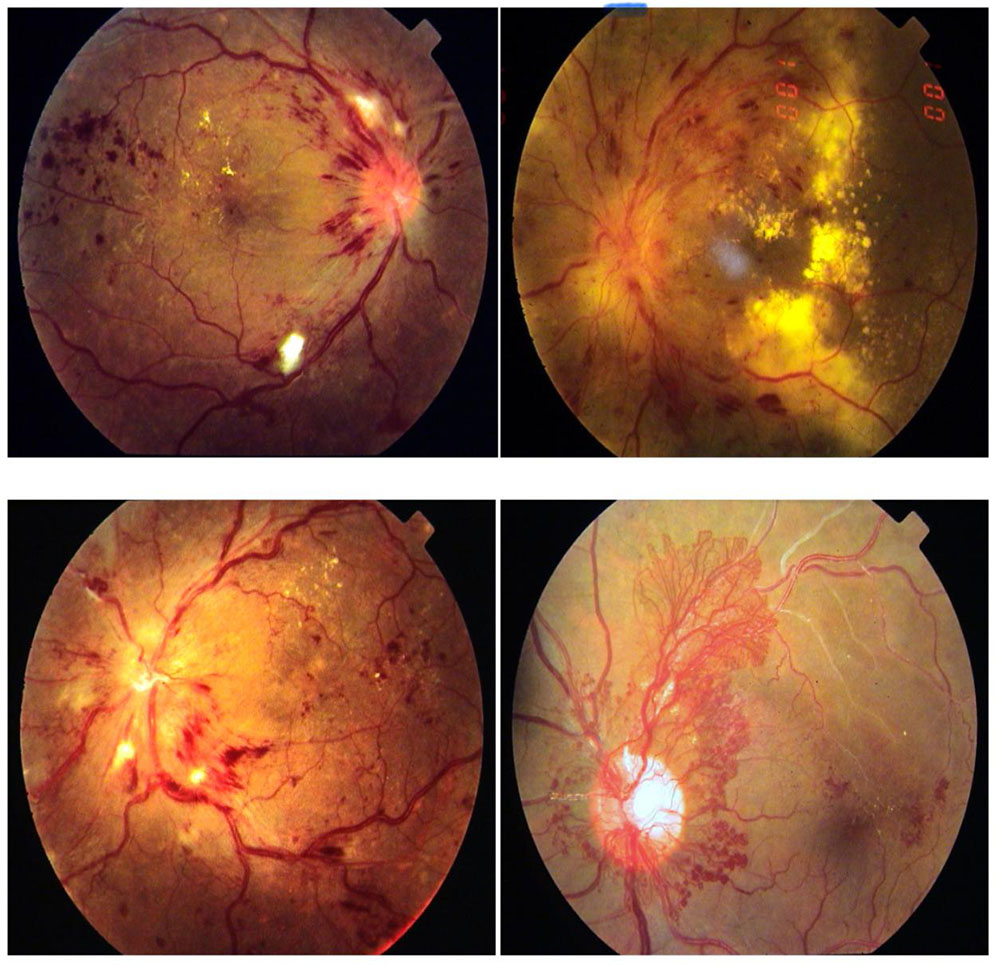
Diabetic-Retinopathy
Symptoms of Diabetic Retinopathy
Early Symptoms
Blurred Vision: There is a feeling of increasing blurriness in your vision.
Pain in the Eye: In some cases, eye and headache may occur due to low vision in one eye.
Low Vision in the Dark: It is the result of a decrease in visual contrast.
Progressive Symptoms
As the symptoms progress, more significant vision problems may occur:
Blind Spots: Blind spots may appear in the visual field.
Visual Field Loss: Loss of central visual field may increase and affect daily activities.
Sudden Loss of Vision: Due to intraocular hemorrhage, pink/red vision, black floaters and sudden vision loss may develop.
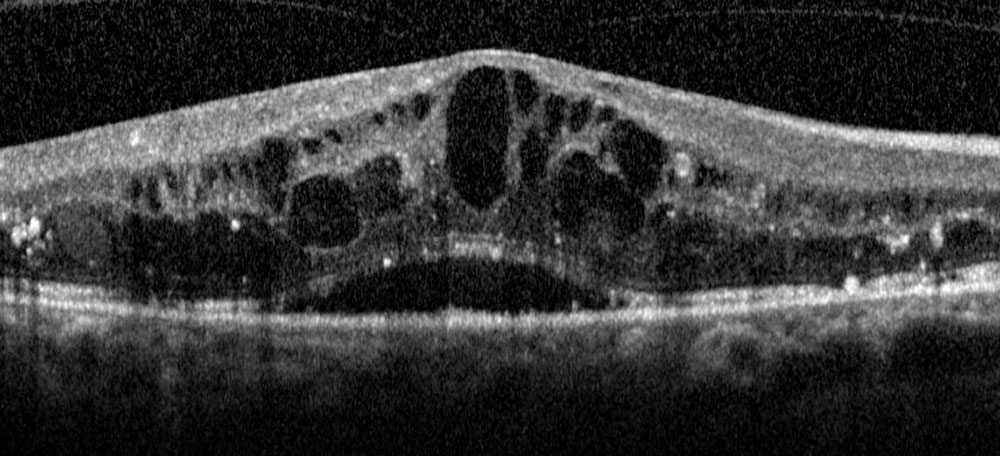
Diabetic Retinopathy Diagnosis of Diabetic Retinopathy
How is Diabetic Retinopathy Diagnosed?
Eye Examination
Diagnosis is usually done through a comprehensive eye examination. It can be diagnosed with the following methods:
Eye Pressure Measurement: Intraocular pressure is measured.
Retinal Examination: The retina and macula are examined in detail.
OCT (Optical Coherence Tomography): Cross-sectional images of the retina and macula are taken.
OCTA (Optical Coherence Tomography Angiography): Takes cross-sectional angiographic views of the retinal layers
Imaging Tests
Various imaging tests may be ordered to determine the size and extent of yellow spot disease:
Fundus Photography: Photographs are taken of the retinal layer.
Fluorescein Angiography: Detailed images of the retinal vessels are obtained.
Eye Ultrasound: It is preferred in cases where a clear image cannot be obtained in the retina due to bleeding.
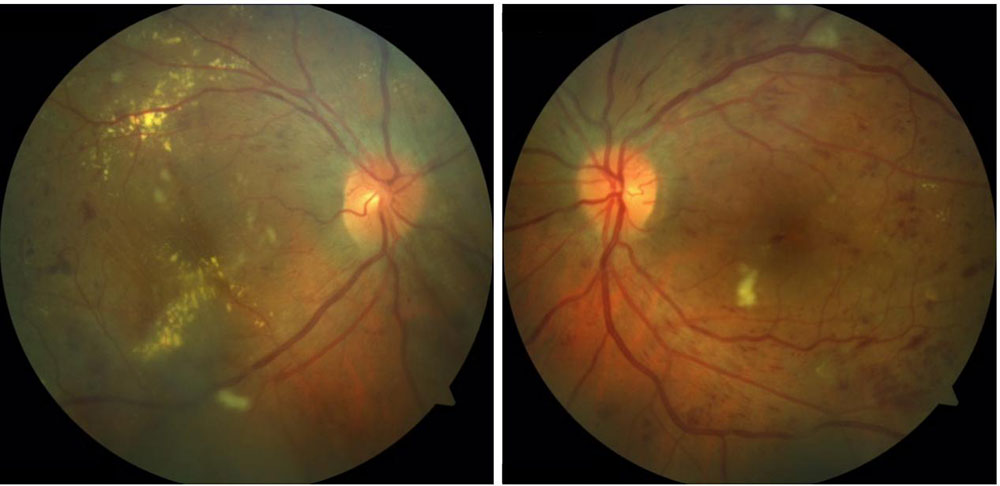
Treatment Methods of Diabetic Retinopathy
Medication Therapy
In the early stages of Diabetic Retinopathy, only follow-up is sufficient, and follow-up intervals are determined according to the metabolic status of the patient as well as the disease staging made according to the severity of involvement detected in the eye examination of the patient. The examination intervals for follow-up may vary between 2 months and 1 year depending on the guidance of your ophthalmologist. During this period, it is very important that the patients are followed up together with their endocrine physicians and their blood sugar levels are regulated with the drug treatments to be given. In the event of progression of diabetic retinopathy symptoms in patients, prompt initiation of treatment can prevent the development of reduced vision and blindness.
Intraocular drug applications
Anti-VEGF drugs or cortisone implants can be used in intraocular injection applications.
- Anti-VEGF drugs: These drugs prevent the formation of new blood vessels in and on the retinal tissue, prevent fluid leakage from these abnormal vessels into the retinal tissue, and correct the edema in the retina and macula. In this way, patients can achieve significant visual improvements. While these medications are initially administered into the eye on a monthly basis, the frequency of administration after a period of at least three months will be determined by your physician depending on the examination findings.
- Cortisone Implant: These implants, which are injected into the eye and contain depot cortisone, offer effective treatment for up to 6 months depending on the severity of diabetic retinopathy, while significant gains in vision are achieved.
Laser Treatment
Laser treatment targets abnormal vessels on the retina and destroys them.
Laser Application: By eliminating the abnormal vessels on the retina with laser beams, these abnormal vessels are prevented from leaking fluid and the retinal edema is regressed.
Objective: With this method, vision loss can be prevented and even significant visual improvement can be achieved.
In most patients, laser applications are applied in combination with intraocular injection treatments.
Surgical Intervention
In patients with advanced diabetic retinopathy, surgical intervention is necessary in patients with retinal detachment due to intense intraocular hemorrhage or retinal tears due to shrinkage. Again, surgical options should be considered in complications such as epiretinal membrane or maculopathy, which may develop frequently in this patient group.
1-Vitrectomy
Vitrectomy involves the removal of the vitreous fluid inside the eye and the removal of abnormal tissues on the retina. If necessary, anti-VEGF drugs or cortisone implants are administered into the eye before or during the procedure.
- Removal of Vitreous Fluid: The vitreous fluid, which has lost its transparency due to bleeding in the eye, is removed through very small holes made in the white part of the eye.
- Retinal Cleaning: Abnormal tissues and membranes formed on the retinal surface are cleaned. Retinal detachment that has developed due to tears or shrinkage is treated to provide calmness.
- Intraocular Uazer application: After the procedures, the retinal areas with impaired nutrition are closed with laser application.
Tamponization: If necessary, air, gas or silicone oil tamponades are applied inside the eye.
2. Macular surgeries
In these patients, vitrectomy and macular surgeries can also be performed to correct interface problems such as epiretinal membrane or macular hole. Again, in severe cases of diabetic retinopathy, removal of scar tissue that may develop under the macula or displacement of the yellow spot can provide some visual recovery in end-stage patients with very low vision or blindness.
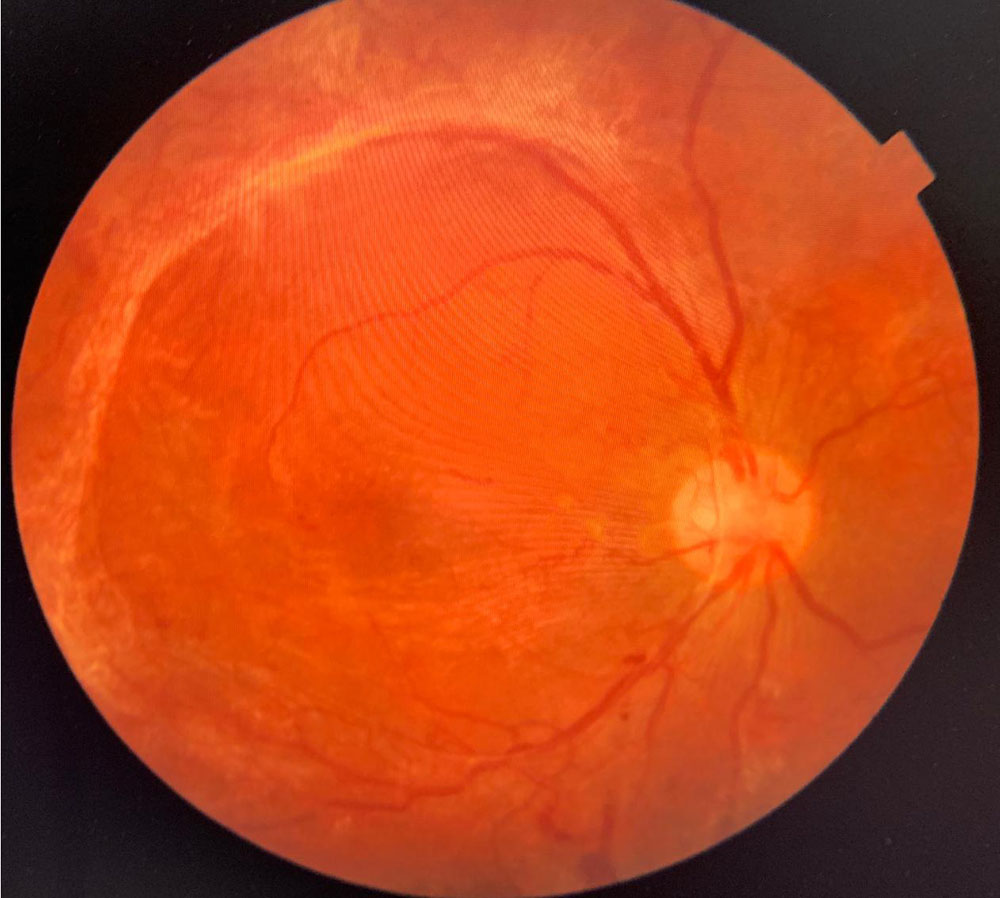
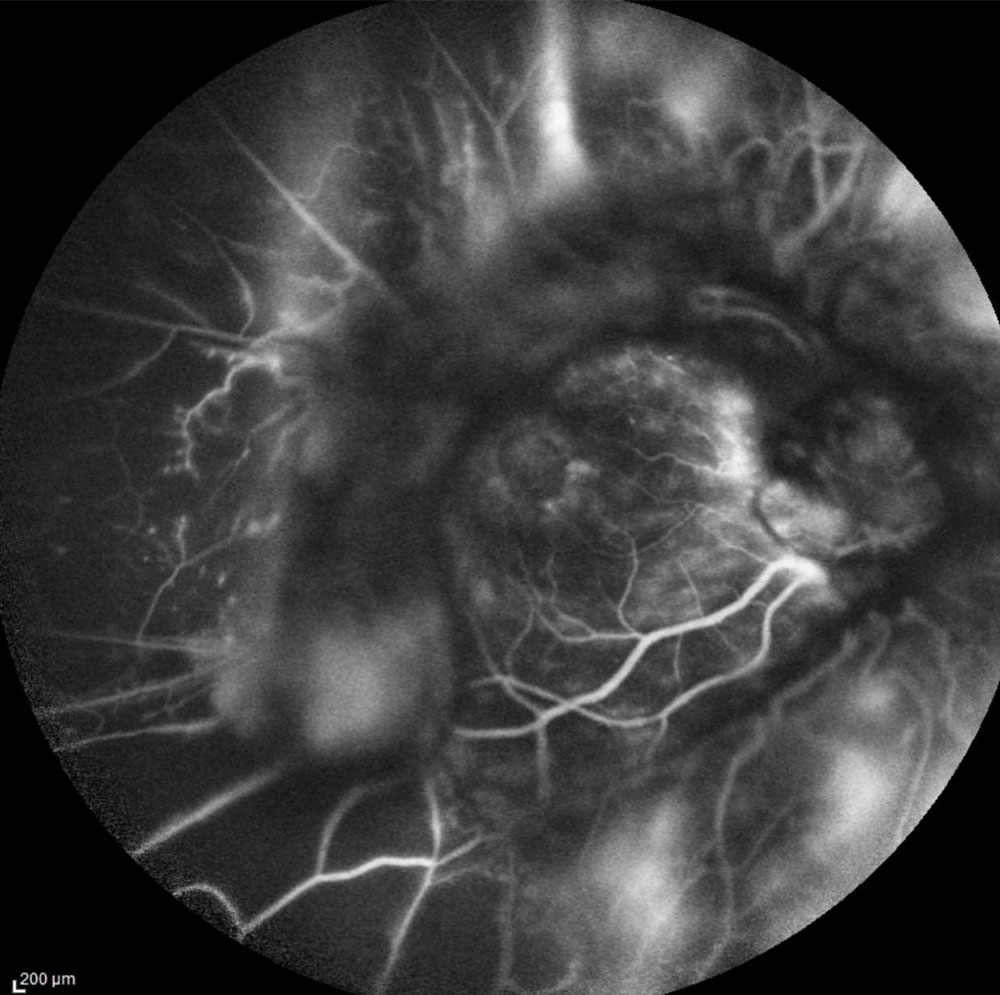
Diabetic Retinopathy Disease Surgery: Price and Terms
Surgery Prices
In the early stage of diabetic retinopathy, intraocular injection, laser and in some selected cases subthreshold macular laser treatment are the treatment options. In advanced cases, retinal surgery is necessary. In general, the cost of this treatment is determined by the following factors:
Surgical Method: Methods that may accompany the vitrectomy procedure, such as cataract or macular surgeries, and the need for intraocular injection therapy may affect the prices.
Hospital and Doctor Fees: The fees of the hospital and doctor performing the surgery can affect the total cost.
Medication and Care: Post-operative medication and care costs may also be included in the price.
It is important to contact your doctor for detailed price information.
Duration of Surgery
The surgical procedure for the treatment of diabetic retinopathy can usually take between 30 minutes and 2 hours. The duration of surgery may vary depending on the surgical method used and the patient’s condition. Postoperative recovery usually takes several weeks and requires regular eye check-ups.
How can we help you treat diabetic retinopathy?
If you are experiencing symptoms of diabetic retinopathy or are concerned about your eye health, do not hesitate to contact our team of experts. Make an appointment now to get detailed information about diabetic retinopathy treatment and find the best solution for you. We are here to protect your eye health and carry out your treatment process successfully.
We Care About Your Eye Health! Contact us immediately to get detailed information about diabetic retinopathy treatment and to get professional support. Contact us for a healthy eye and clear vision!